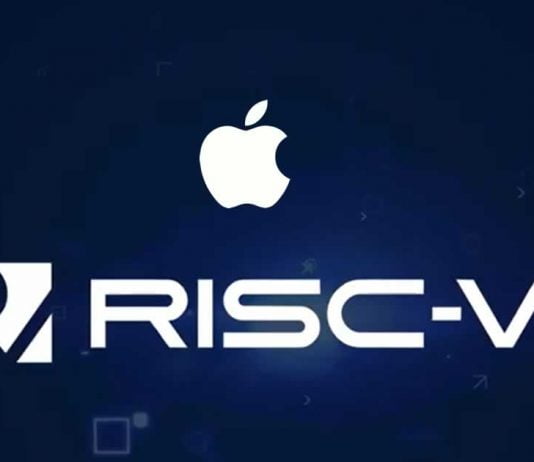Apple is looking for an engineer specializing in RISC-V, an open-source architecture instruction set that allows device manufacturers to create their own chips without having to pay a license or royalty. This is confirmed by a job announcement for a “RISC-V High Performance Programmer”.
The explanation of the position makes it clear, however, that Apple will by no means crush the previous APs (Application Processors) such as the ARM-based M1, but rather that RISC-V should be used as a complement to the previous instruction set architecture for embedded controllers.
ARM and RISC-V are both ISAs (Instruction Set Architectures), which in turn form the basis for the actual micro-architecture. Apple has been very successful in implementing this for many years, although the focus was primarily on ARM-based implementations.
The iPhones and iPads typically have systems-on-a-chip such as the A14 Bionic, whereas current Mac systems have M1. The established T1/T2 designs also use ARM cores and this is exactly where Apple should start with RISC-V.
According to the job posting, it is looking for a programmer to work in the Core Operating Systems Group. This is responsible for embedded subsystems including their hardware/software that are used for iOS, macOS, TvOS and WatchOS. Specifically, a position is vacant for the Vector and Numerics Group, which is subordinate to the Core Operating Systems Group, which covers a special focus.
The group deals with computer vision, machine learning, and audio, signal and video processing. Apple is looking for expertise for the vector extension of RISC-V in order to operate low-level computation for, for example, 2D multi-layer convolution, for Discrete Fourier Transform (DFT) and for Fast Fourier Transform (FFT) with a view to Speech synthesis and encryption — this is where Siri would come to mind.
Compared to an embedded ARM core, whether developed in-house or licensed, this should increase efficiency and reduce costs. Apple does not have to pay any fees for RISC-V, and the same performance tends to be achieved with less chip area and more power per watt than with ARM.
It can therefore be assumed that, in the medium term, all kinds of iOS, macOS, TvOS and WatchOS devices will be equipped in some form with hardware that at least partially integrates RISC-V technology.
